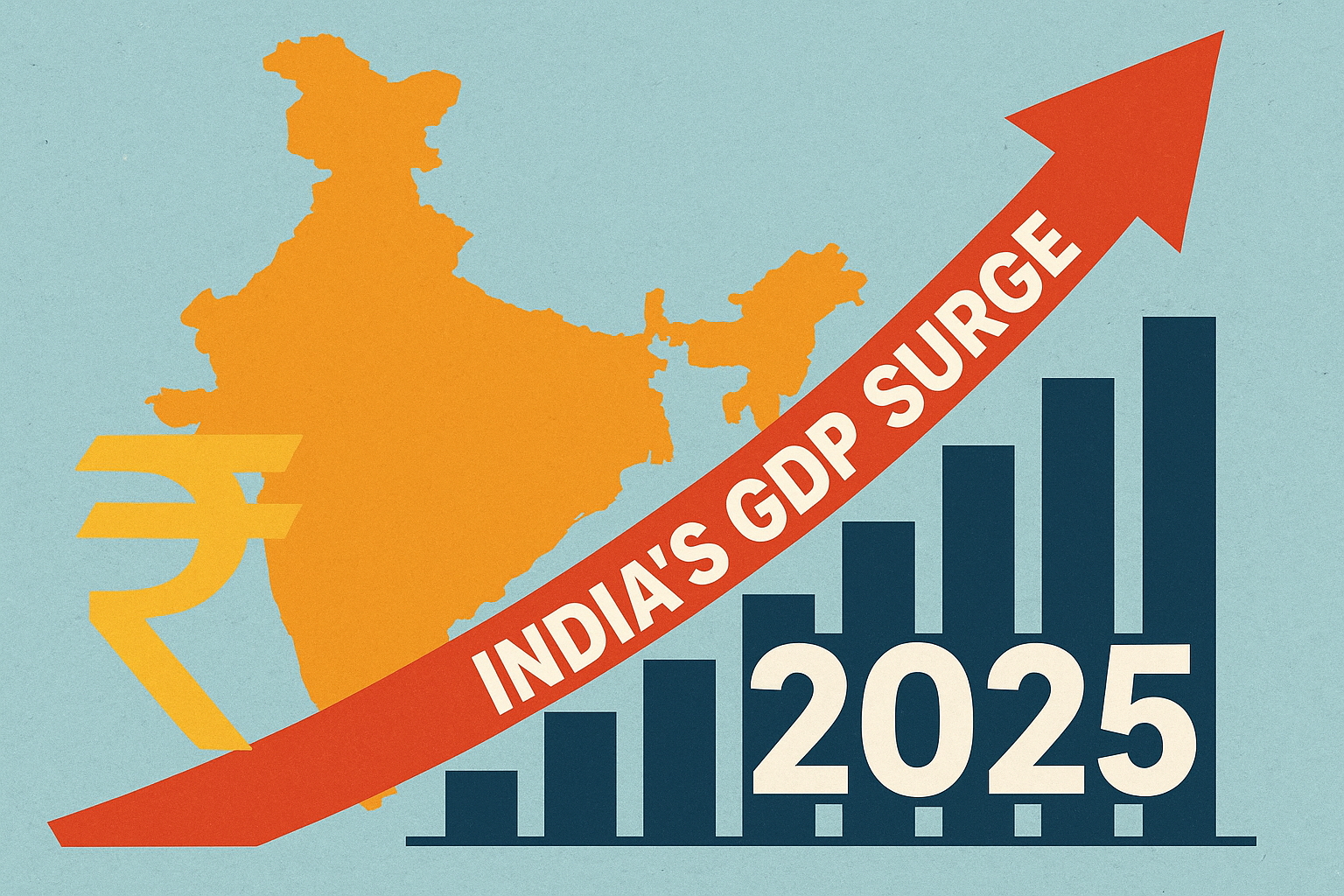In 2025, banks in India are providing an interest rate of 2.70%–2.75% per annum on savings accounts making traditional options less attractive to people seeking growth. To this end, people have begun to show more interest in money market funds as well as other cash investment products which concentrate on long-term wealth. To choose the right option, understanding your goals and risk appetite is key—let’s explore how to align them.
Setting your investment compass
The purpose for which you allocate your funds determines whether you need an emergency reserve, short-term vacation home renovation savings, or long-term parking, which will direct your investment approach.
Your tolerance for return volatility, along with your willingness to accept capital losses, can guide your decision. If safety remains your top priority, then fixed deposits and government bonds can serve as suitable options. Investors who accept moderate risk to achieve better returns can consider debt mutual funds and hybrid funds.
Major banks along with government-supported financial plans can serve as suitable options for those who need quick access to their funds. People who accept moderate risk or extended lock-in periods can examine small finance banks and particular mutual funds which offer higher returns.
Your investment selection varies based on your goals and risk tolerance which can lead to better cash investment.
Understanding the risk-reward pyramid
The risk-reward pyramid is a recognisable symbol for the structuring of investments by their risk and return characteristics.
- Low-risk and highly liquid financial instruments such as deposit accounts, government bonds, and money market funds accounts are at the base of the pyramid. These are aimed at capital protection and offering stable though small returns, hence the most suitable for use as the basis of most portfolios.
- The intermediate layer consists of moderate-risk investments. These include fixed deposits, short-term bond funds, and balanced funds. Here, the investor is offered a middle ground between risk and returns rather than the base at the expense of some volatility.
- At the apex are the high-risk, high-return stocks, stock funds, and REITs. They can be quite profitable but they are also quite volatile and carry the risk of losing part of the invested capital. Allocating a larger portion to the base and a smaller one to the top allows you to pursue both safety and growth, but in line with your personal risk comfort level.
Safe and liquid investment options
For those prioritising both safety and liquidity, several options stand out for managing surplus cash:
- High-yield savings accounts from small finance banks such as ESAF, Equitas, and Ujjivan are offering 6%-8% per annum in the first half of 2025 depending on the balance. These rates are a lot higher than those of most traditional banks.
- Money market funds offer slightly higher returns than usual savings accounts, currently around 3%-4% per annum, with the benefit of easy access and short investment periods.
- As of June 2025, sweep-in fixed deposits can be used when surplus funds are deposited automatically into fixed deposits that are making 6%-7.5% per annum keeping the liquidity however, if the funds are invested in a savings account it will be hard to get the same benefit thus this option provides the best of both worlds.
Moderate risk, balanced yield alternatives
For investors seeking stable returns without excessive risk, several instruments provide a balanced approach between safety and growth:
- As of June 2025, big banks are offering fixed deposits with interest rates between 5% to 7% per annum for 1 to 3 years, while small finance banks are offering up to 8.5% for those looking for higher returns outside the main high street banks.
- Short-term bond funds have given 6% to 7% per annum, lower risk and more liquidity than long-term fixed deposits.
- Treasury bills and RBI Floating Rate Savings Bonds are giving around 8.05%, safety and slightly higher returns for investors.
To further optimise returns while keeping risk in check, diversification plays a critical role. By spreading investments across asset classes, investors can mitigate volatility and tap into higher-growth opportunities:
- In the last 10 years, equity mutual funds in India have been reported to yield annualised returns that range from 8% to 12%, though with higher volatility.
- During the financial year 2024–25, Indian Real Estate Investment Trusts (REITs) have come with the performance of 6-8% yields and grant access to the real estate market without having to make the direct purchase of property.
- Up to June 2025, balanced funds (hybrid funds) in India intended to or managed to fetch returns of approximately 7% to 9% per annum, blending the two asset classes of debt and equity for risk containment while still shooting for steady growth.
Diversification and sensible asset allocation are vital because they not only mitigate the overall risk but also have the potential to improve returns in a transitioning market scenario.
Conclusion
In 2025, numerous secure and high-return cash investment opportunities are there for different financial objectives and risk preferences. Investors may pick from a wide range of instruments with low risk, moderate risk, and high risk, balancing liquidity and returns.
Diversification, as well as consistent monitoring of investment choices, are crucial in controlling risk and maximising profits in today’s economic situation.
Matching investments with individual goals and risk tolerance facilitates the improvement of cash management plans not only for immediate requirements but also for gradual wealth accumulation. Discover trusted investment platforms and expert tools to stay ahead in the market with tailored insights and smarter wealth-building strategies.
DISCLAIMER: The information given in this blog is for educational purposes only. Any content of this blog is not investment advice.
- Make in India 2.0: How Manufacturing Is Reshaping Market Sentiment - December 13, 2025
- Real Estate Boom : Why Tier-2 Cities Are Attracting Big Investors - December 12, 2025
- India’s GDP Surge 2025: What the New Growth Numbers Mean for Markets - December 9, 2025





